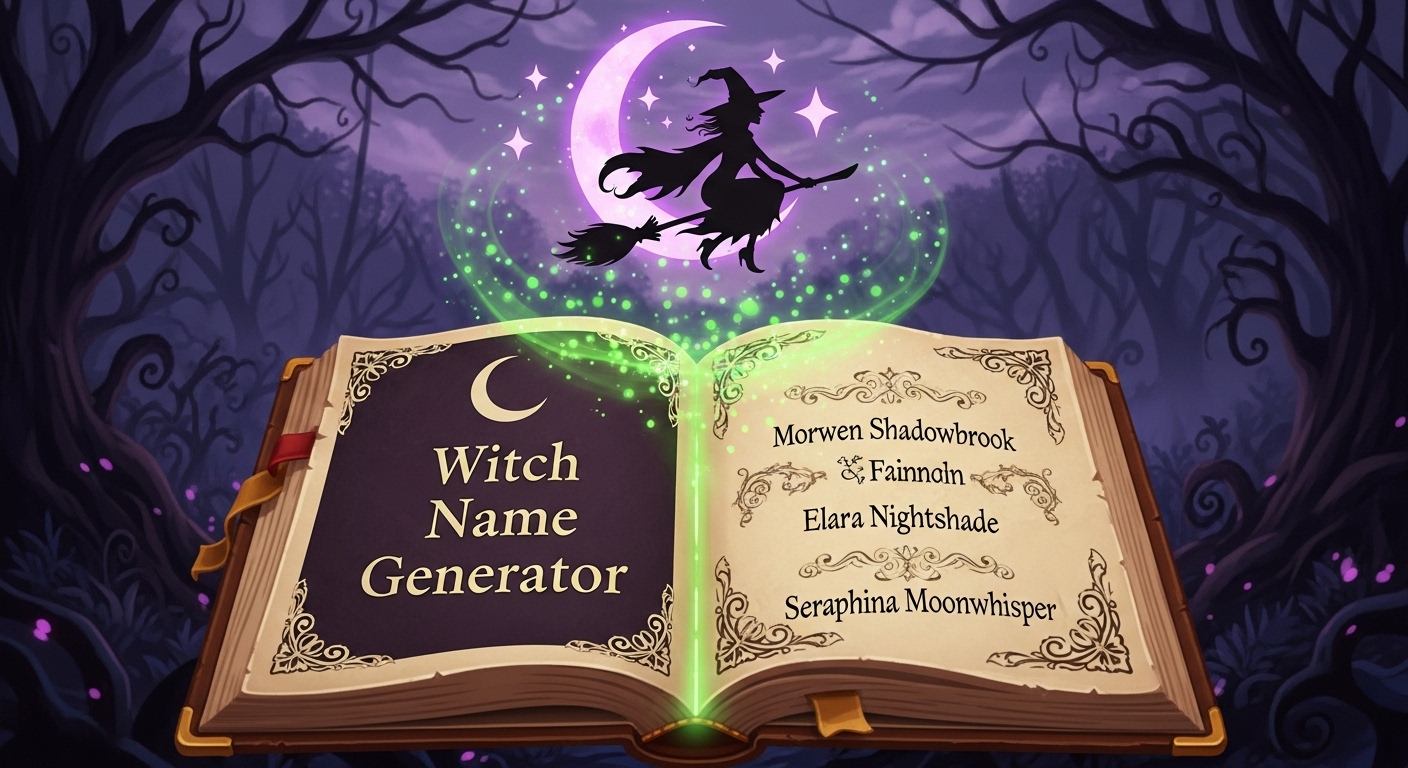
Why not say it straight: a random animal generator is a little bit quirky but there is a weirdly nice feeling when you just click a button and on your screen pops a pangolin out of nowhere. Or a wombat. Or a narwhal. It wasn’t your choice, you didn’t guess it—there was nothing that could prepare you for this one except the fact that it just arrived. That is a random animal generator’s charm.
If you have ever had this insane thought in the middle of your work: “I need the name of a random animal right now,” then probably this blog is going to be your cup of tea. To keep children engaged, to create a programming side project, or to simply have animals pop into your app or game, this guide is all you need.
What Is a Random Animal Generator, Exactly?
It’s a doohickey, a simple script, or a web-based app. You either press a button, or you run a command, and it spits out a random animal.
Basically, it’s like something out of Falin from Dungeon Meshi—strange, unexpected, and oddly fascinating.

Why Would Anyone Use It at All?
One could be amazed that this question is asked so often. Just to point out a few reasons:
1. For Teachers and Educators
How about teaching kids the names of animals? A random animal generator on the smartboard, and learners describing or drawing the animal that appears could make a day in the classroom.
2. In Games and Trivia Apps
You dream of an RPG monster generator? Or perhaps trivia games like yours need animal-based challenges? Then this is what you need. Quick, simple and motivating.
3. For Writing Prompts
Writers also take advantage of these tools. Character design? Facing that kind of a situation, you may find help in the traits of a random animal. Make the lemur your character’s annoying sidekick.
4. Just for Fun
Indeed. Sometimes it is just that simple. After clicking the button, the user is presented with a random animal. It’s fun.
Random Animal Generator vs Other Tools
There are a bunch of variations out there—some subtle, some big.
| Tool Type | What It Does |
|---|---|
| Random Animal Generator | Picks a random animal from a defined list |
| Random Species Generator | Uses more scientific classifications, including Latin names |
| Animal Picker | Often simpler, focused on just naming a random animal |
| Animal Randomizer | Generic term, may involve complex filters or categories |
| Animal Generator | Sometimes includes fictional or AI-generated animals |
Note: Some versions even use real-time APIs or open datasets like GBIF or iNaturalist.
Core Components of a Random Animal Generator
This is the part where things are not very complicated, but it will be helpful to visualize the process—much like evaluating the best AI stocks to buy right now—before writing the code.
Step 1: The Data
You need a list. At minimum, that list should include animal names. But you can expand it.
| Field | Description |
| name | Common name of the animal |
| scientificName | Latin name (optional) |
| habitat | Land, marine, desert, forest, etc. |
| status | Endangered, vulnerable, safe |
| image | URL to a picture or icon (optional) |
This table becomes your database—whether it’s a static array, a JSON file, or a full-blown database.
Step 2: Randomization Logic
Use a language of your choice:
JavaScript example:
const randomIndex = Math.floor(Math.random() * animals.length);
console.log(animals[randomIndex].name);Python example:
import random
print(random.choice(animals)['name'])Step 3: Display or Output
After selecting a random animal, you can display it in your application, website, or even print it in the console. Some individuals also connect it to Alexa or Siri for voice commands.

More Features You Can Add
- Filters: Only show marine animals or endangered species
- Languages: Support Spanish, French (animales random, animaux aléatoires)
- Images: Pull from open image APIs like Unsplash or Pexels
- Voice commands: Say “Give me a random animal” and hear it out loud
FAQs
1. How do I build a random animal generator?
Begin with a list of animals, write a script which picks one randomly by either using indexing or a random method, then show it on a screen or terminal.
2. What’s the difference between a random species generator and a random animal picker?
Species generators typically come with scientific names and classification, whereas animal pickers are mostly simpler just with names like “Elephant” or “Crocodile.”
3. Can I build one in Excel or Google Sheets?
Yes. RANDBETWEEN() function can be used to randomly select a row number from which you can then pull the animal.
4. How many animals should I include?
To begin with at least 100 animals for a wide range of choices. However, if it’s possible for you, go even bigger with the amount of animals, thousands. But make sure the data is clean.
5. Is it helpful for writing creatively?
Yes, definitely. Several authors rely random animal generators to create fictional characters with peculiarities or just to get some idea for the story.

John Mike is a digital trends enthusiast and the mind behind this blog. He writes about social media, AI, online earning, and digital business to help readers stay ahead in the online world.







